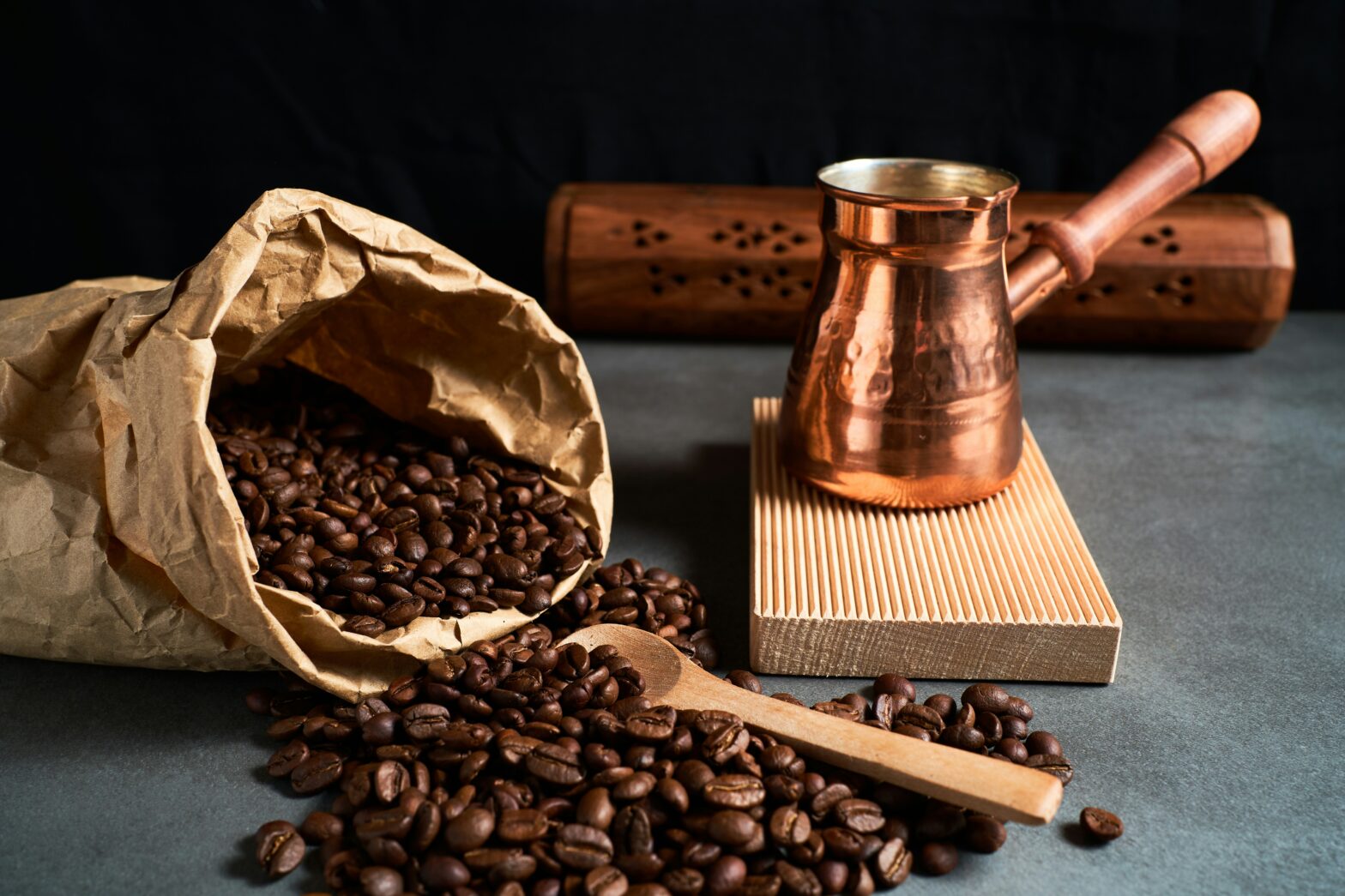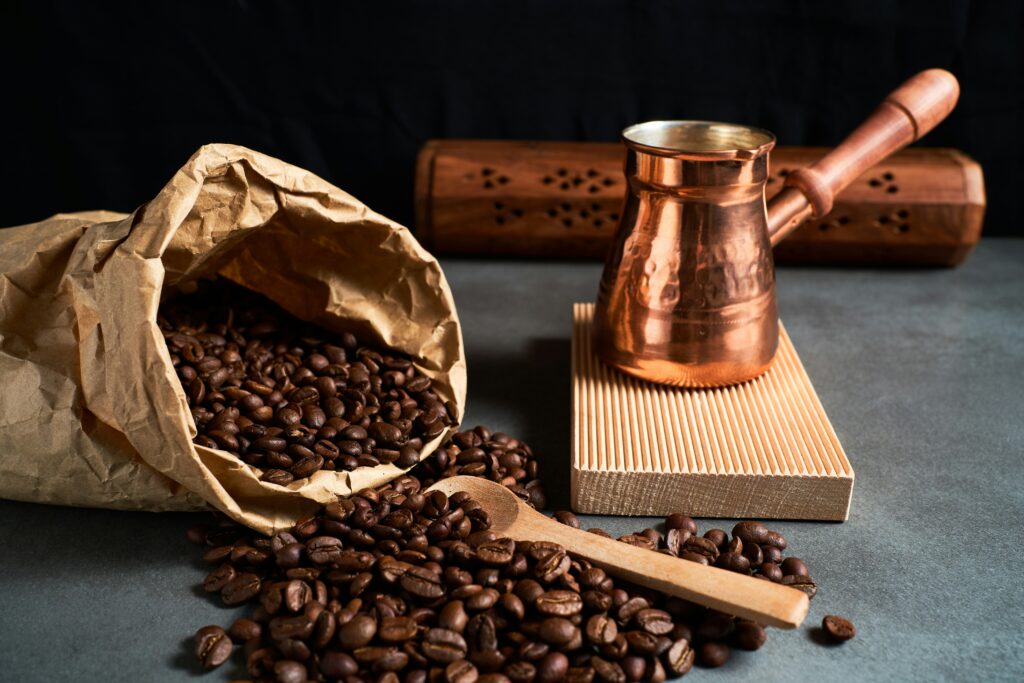
Coffee Around the World: 5 Unique Brewing Traditions to Try at Home
Coffee may be a global staple, but how it’s brewed can differ dramatically depending on where you are in the world. From bold and spicy to delicate and sweet, brewing traditions reflect not just flavour preferences, but also culture, rituals, and connection.
If you’re curious to explore coffee beyond the usual cafetière or espresso shot, these five international methods are a brilliant place to start – and easy enough to recreate in your own kitchen.
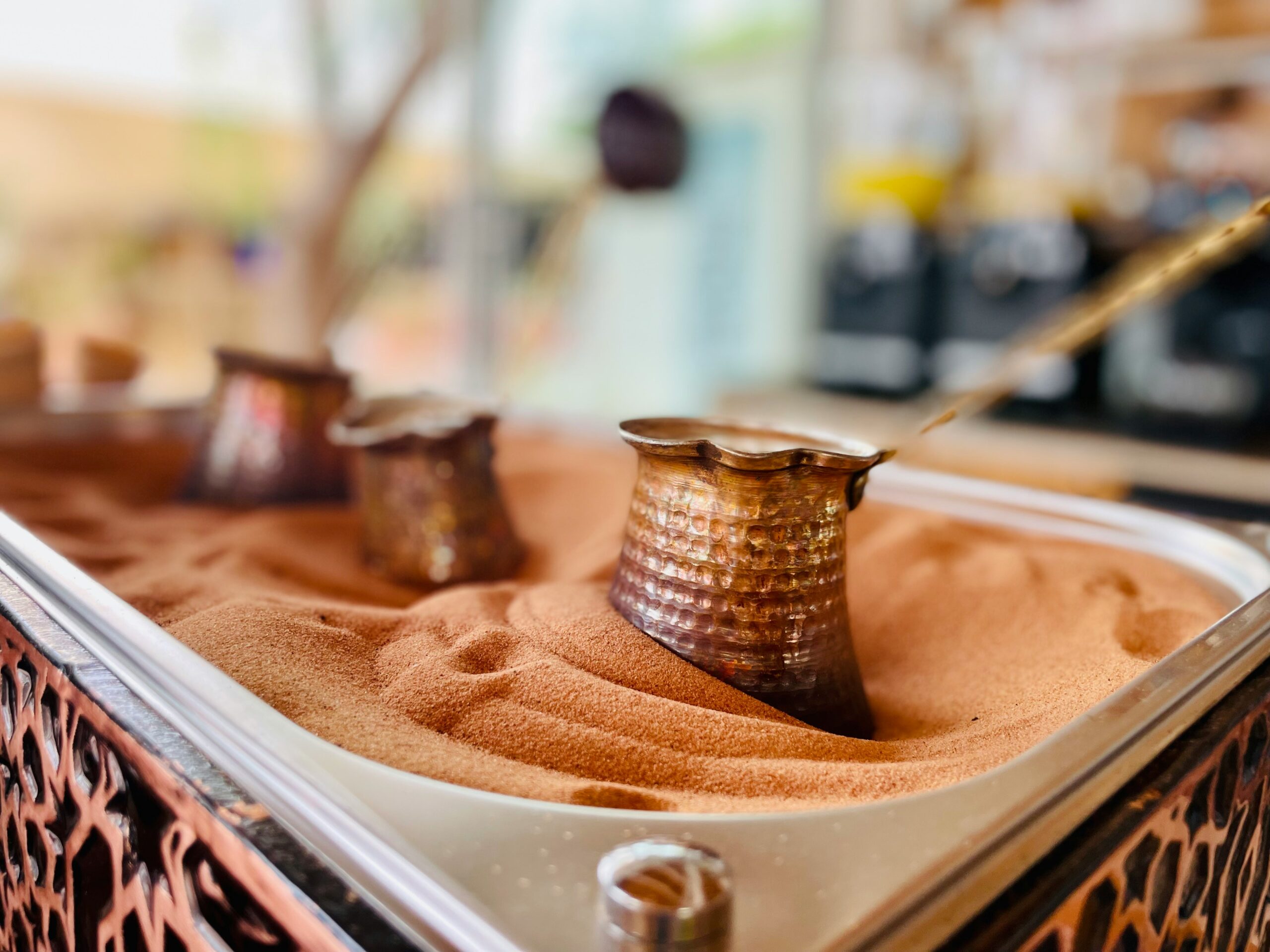
1. Turkish Coffee (Turkey)
This ancient brewing method is still a daily tradition in many Turkish households. Using a small copper pot called a cezve, finely ground coffee is combined with water and sugar, then heated slowly over a flame but never boiled. The key is to create a foamy top layer, which signals that it’s ready to pour.
Served unfiltered in small cups, Turkish coffee has a strong, concentrated flavour and a slightly grainy texture from the grounds left in the cup. It’s often enjoyed with a glass of water and a sweet treat like Turkish delight. To try it at home, you don’t need a cezve – a small saucepan will work just fine.
2. Café de Olla (Mexico)
This warm and spicy brew is traditionally prepared in a clay pot (or olla) using medium roast coffee, cinnamon, and piloncillo – a type of unrefined cane sugar. The combination creates a rich, aromatic coffee that’s perfect for cool mornings or cosy evenings.
The result is a comforting cup with a hint of sweetness and spice. If you can’t find piloncillo, you can substitute it with molasses or dark brown sugar. Then add a cinnamon stick while simmering the coffee for an authentic taste, and strain before serving.
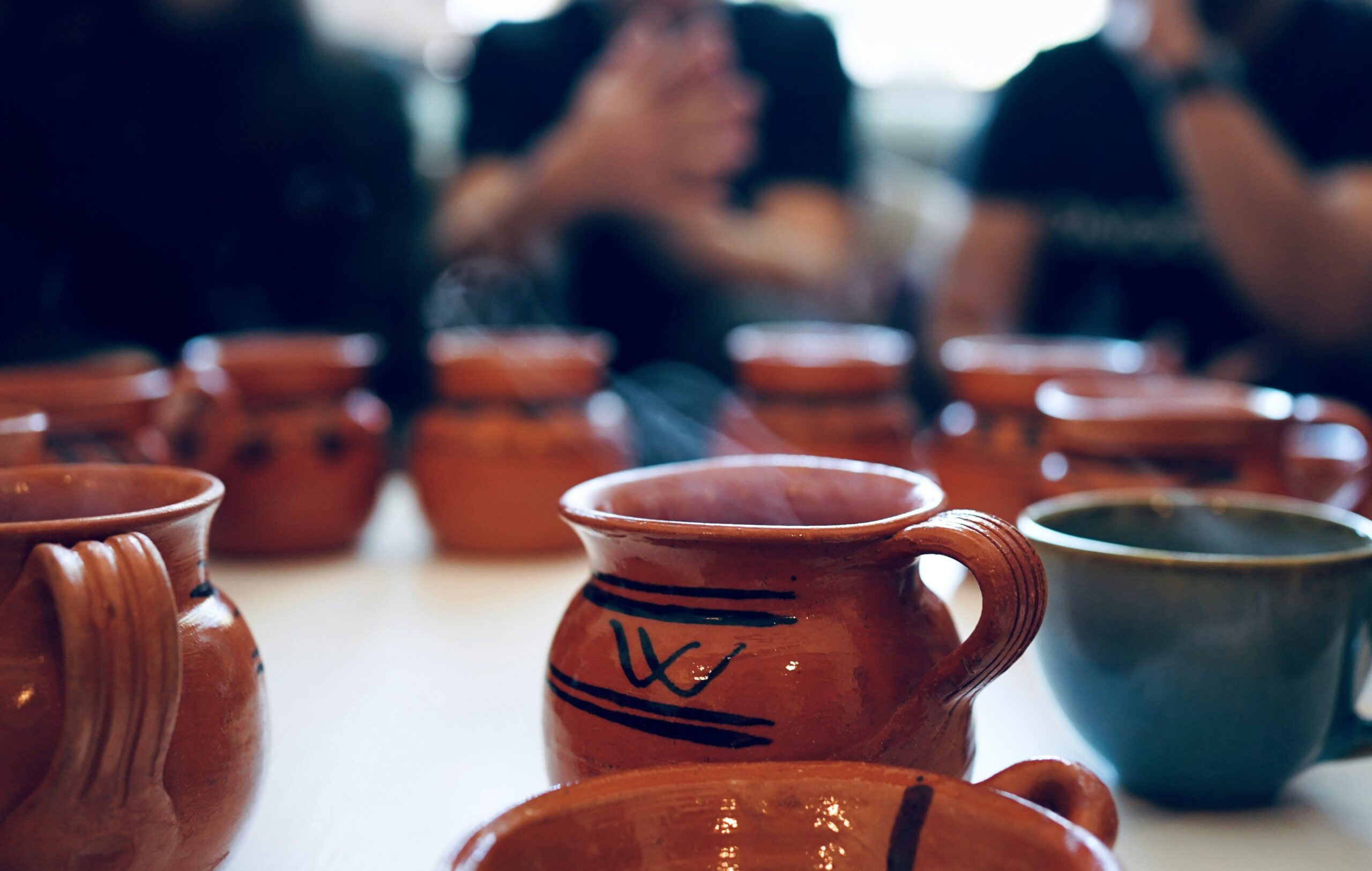
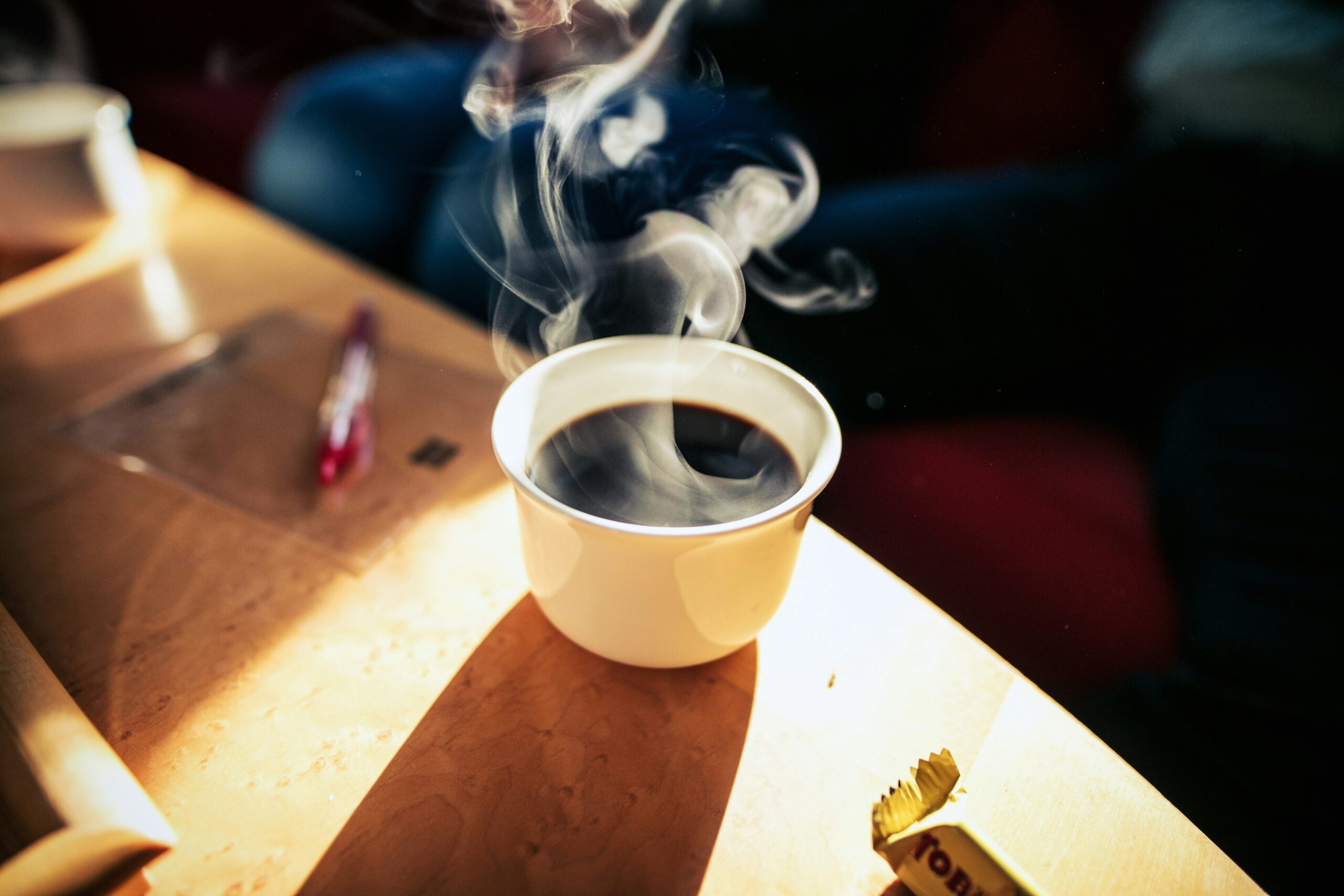
3. Swedish Kokkaffe (Sweden)
Simple, strong, and perfect for outdoor adventures, kokkaffe (or “boiled coffee”) is a Swedish tradition that skips filters and gadgets altogether. Coarsely ground coffee is added directly to boiling water and left to steep. Once the grounds settle, it’s poured gently into mugs.
What makes kokkaffe special is its rustic charm – it’s brewed by feel rather than precision. Whether you’re camping in the wild or relaxing at home, it’s a straightforward way to make a bold and satisfying brew. Try it with a slice of cardamom cake for a proper Swedish fika experience.
4. Vietnamese Egg Coffee (Vietnam)
A truly unique take on coffee, Vietnamese egg coffee (Cà Phê Trứng) combines strong drip coffee with a sweet, creamy egg yolk foam. The egg mixture is whisked with condensed milk and sugar until thick and frothy, then layered over hot black coffee to create a rich and indulgent drink.It may sound unusual, but the flavour is somewhere between a dessert and a cappuccino. It’s especially popular in Hanoi’s cafés. You can recreate it at home using a Vietnamese drip filter (phin) or any slow brewing method – just make sure to use robusta coffee for the full effect.
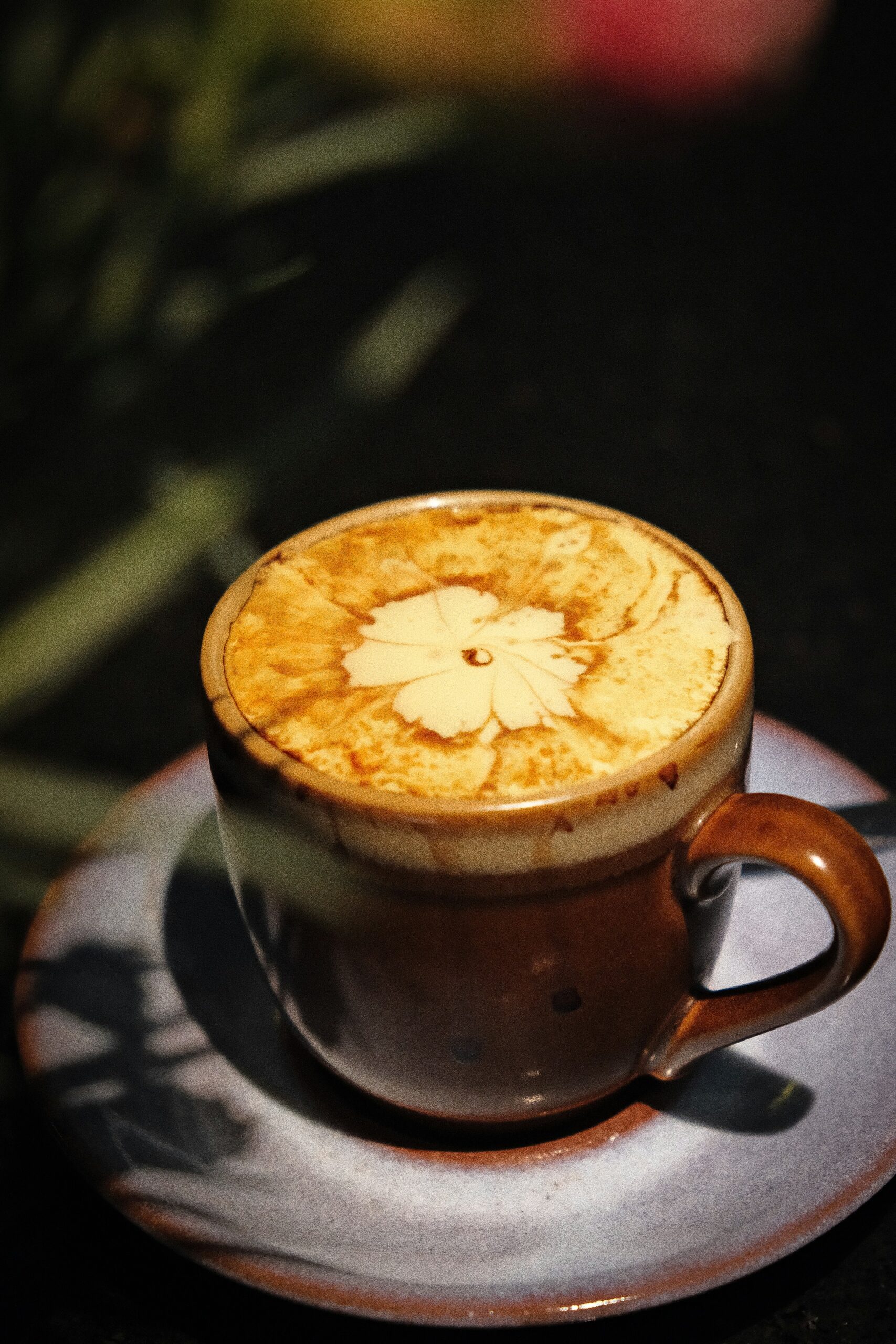
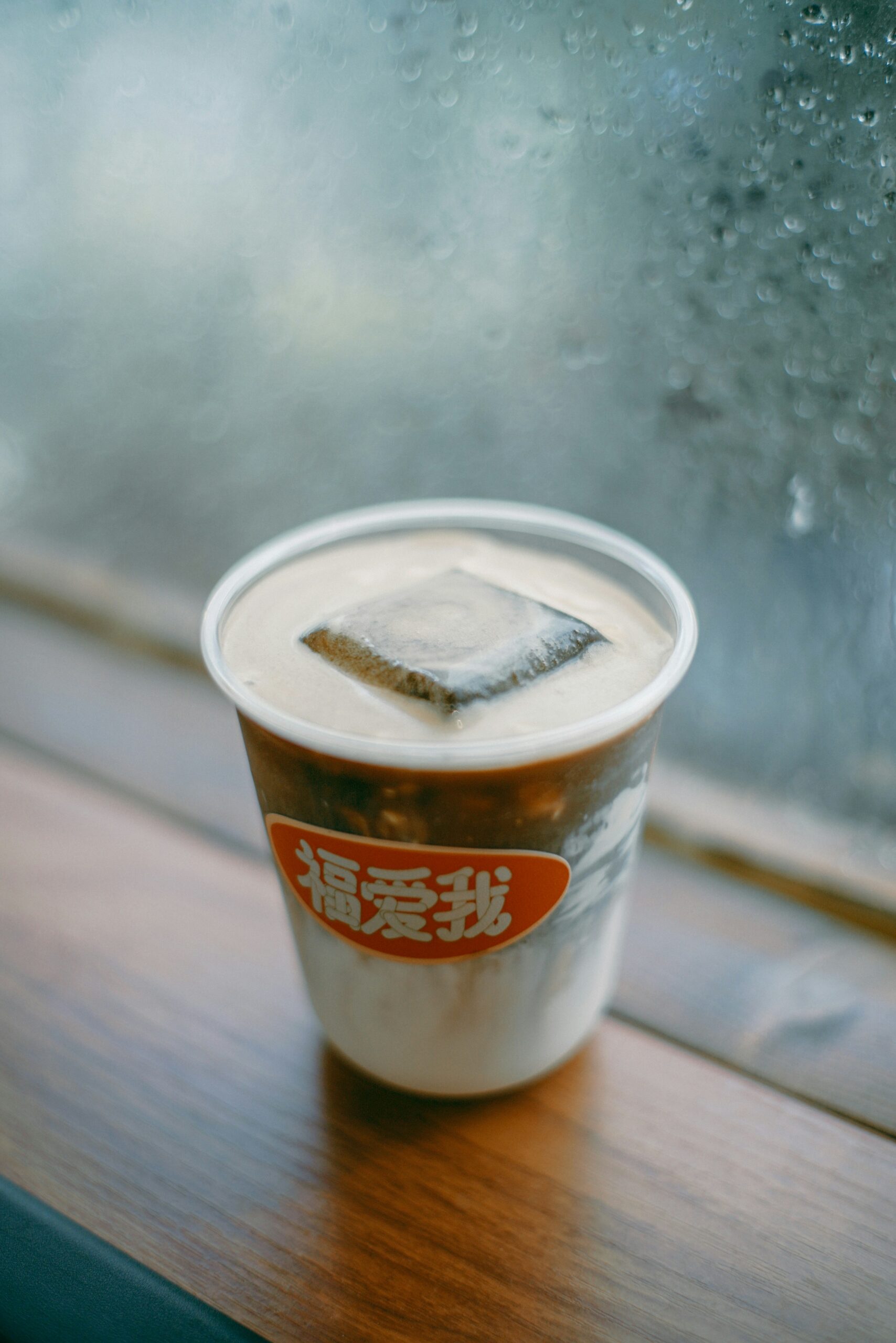
5. Japanese Iced Coffee (Japan)
Unlike traditional cold brew, Japanese iced coffee is brewed hot and cooled instantly over ice. This flash-chilling technique locks in bright acidity and aroma while maintaining a refreshing finish. It’s a favourite in Japan’s third-wave coffee shops for its clean, crisp flavour.
To make it at home, brew your coffee slightly stronger than usual using a V60, Chemex, or even a French press, directly over a cup filled with ice. The result is a beautifully balanced iced coffee – fresh, vibrant, and ready in minutes.
Final Sip
Coffee connects us across cultures, but it also opens up a world of flavour, ritual, and creativity. Whether you’re experimenting with spices in a Mexican Café de Olla or layering up a creamy Vietnamese egg coffee, each method brings something new to the table.
So next time you’re reaching for your usual morning brew, why not go global? You might just find a new favourite – and it’s a great excuse to slow down, savour the moment, and celebrate coffee as the international language it is.
Want to know more about Our B Corp certification ?
Visit bcorporation.uk
Explore our full range of Fairtrade, carbon-neutral coffees here

Interested in more?
Looking for more articles about coffee and coffee equipment from Indigo Valley? Why not view our archive of posts and articles for everything you need to know about coffee.
